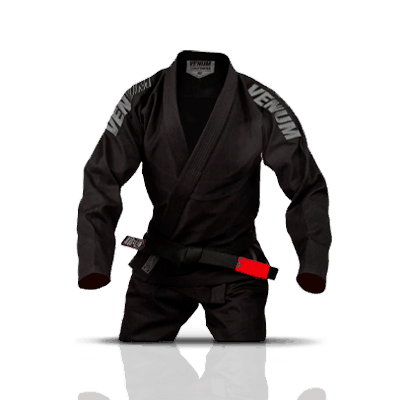Is it difficult to choose a kimono? Well yes it is, or at least if you don't have the necessary information. It is not just a matter of choosing the one you like the most, there are many variants that can be influenced by small details. That is why we recommend that you read this entry carefully before making a purchase, to know what you are going to find when you have all the kimono models in front of your faces.
As always happens when you are about to make a purchase of sports equipment, the first question to answer is why; since training, competition, or the climate where the sport takes place is not the same. So, first we give them the task of knowing what they are going to use the kimono for. Once this point is resolved, you must put in mind an estimated amount of money that you plan to spend; The model, brand and quality of the kimono will depend on that.
Now we are ready to go into details and move forward with this selection process. We will start by giving information about the designs. If you've done your homework, then you already know why you need your kimono.
Training: we will start by calling the training kimono GI. In this case, there are no restrictions on colors, embroidery, patches or prints. They can choose the design that best identifies them, represents them or with which they feel most identified. Some colors have personal meanings, so if you are a GI for training only, you can feel free to choose the color you prefer.
Competition: IBJJF is the regulatory body of the sport and they are the ones who decide the colors to be used in official competitions, these are: white, black, blue and royal blue. This information is of utmost importance if you have the desire to compete. We ask you to be careful when choosing royal blue, as it is often confused with navy blue; color that is not allowed within the competition rules
Regarding the Kimono fabric, these are classified into three materials and models, each with its characteristics:
Single Wave, are made with less cotton so they are lighter and lighter. The positive thing is that, being lighter, in competitions where the weigh-in is carried out with the Kimono on, it is helpful for those fighters who are at the right weight. In addition, they are ideal for use in places where the climate is hot. The negative, the material is less resistant, therefore, it has less durability and can favor the rival in terms of grips and control positions.
Double Wave, they have more cotton in their construction making them heavier, but durable and resistant at the same time. The positive thing, in addition to its resistance, is that the flap is harder and that helps make it difficult for the rival to strangle or maintain a safe position. The negative is that its price is higher.
Then there are Gold Wave, Pearl Wave, the weight, price and brand vary in them. And it would be more a matter of personal preference, but none should be a significant factor in performance during combat.

As for the pants, we only have two models:
Cotton Drill; It is a strong and firm cotton fabric. They are cool and durable, but tend to gain weight with sweat.
RipStop; It is the same fabric that military pants and even parachutes are made from. They are light, fresh, resistant and dissipate moisture.
The most used sizes are A0, A1, A2, A3, A4 and A5, covering weights from 50 kg to 125 kg. There are some brands that produce smaller Kimonos for children. One thing to keep in mind is that cotton tends to shrink when washed. That's why we recommend washing with cold water and air drying. Depending on the quality of the Kimono, the inches it will shrink will be.
Finally, we want to leave you some tips to extend its lifespan. Mainly, always avoid it remaining humid; It is best to hang it upside down in fresh air after use, and if possible use lycra under the Kimono so that it absorbs the sweat. Never leave your kimono in the sun, this will damage the fabric and take away its color.
CLICK ON THE IMAGE TO SEE OUR BJJ KIMONOS







